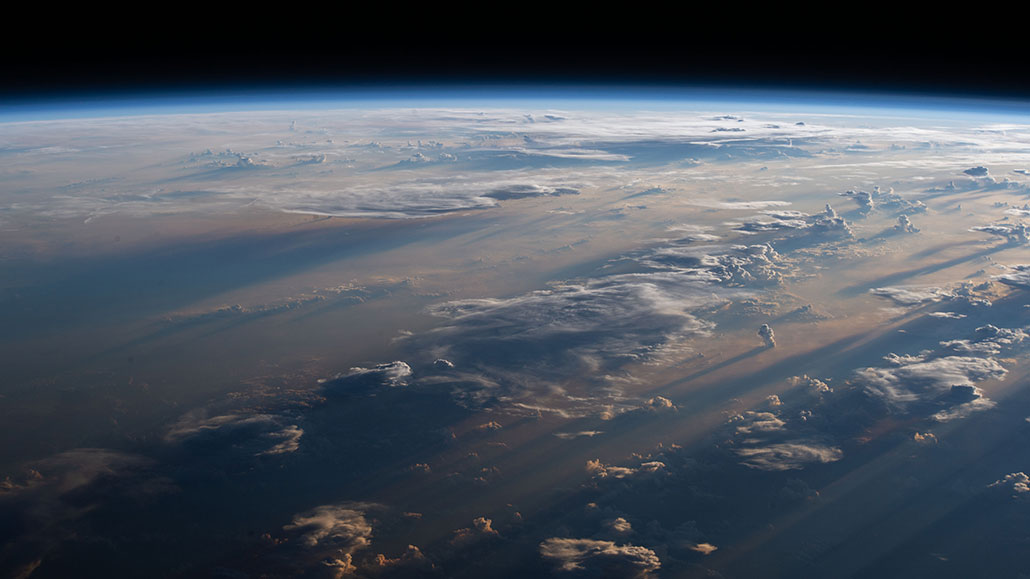Questions for “Light levitation might help explore Earth’s ‘ignorosphere’”

Far above Earth’s clouds, the mesosphere wraps around the planet. There, the air is too thin for airplanes and balloons but too thick for satellites. Now, researchers have discovered a potential way to fly lightweight aircraft in this largely unexplored region – by levitating them with light.
NASA